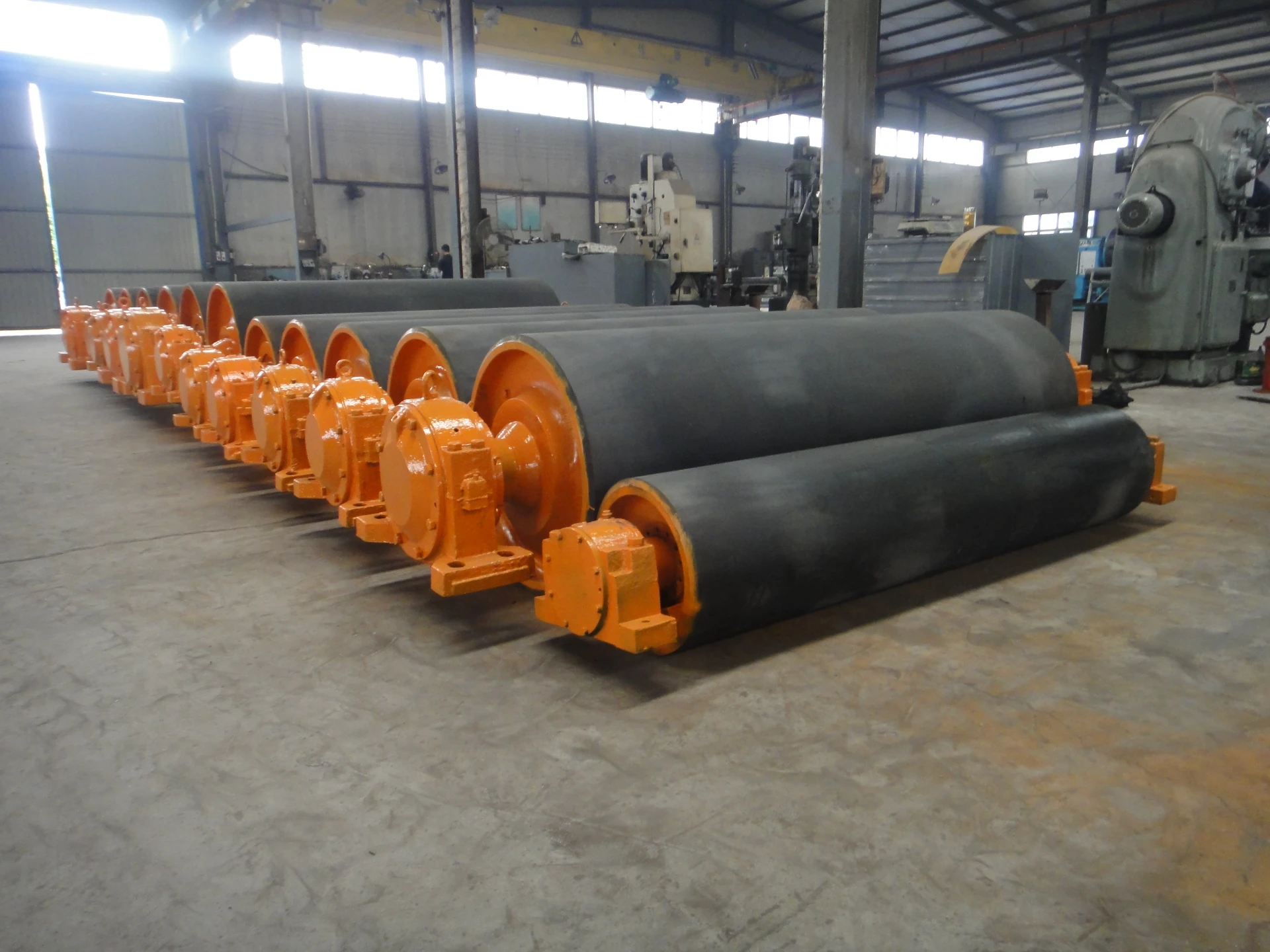 Afrikaans
Afrikaans  Albanian
Albanian  Amharic
Amharic  Arabic
Arabic  Armenian
Armenian  Azerbaijani
Azerbaijani  Basque
Basque  Belarusian
Belarusian  Bengali
Bengali  Bosnian
Bosnian  Bulgarian
Bulgarian  Catalan
Catalan  Cebuano
Cebuano  Corsican
Corsican  Croatian
Croatian  Czech
Czech  Danish
Danish  Dutch
Dutch  English
English  Esperanto
Esperanto  Estonian
Estonian  Finnish
Finnish  French
French  Frisian
Frisian  Galician
Galician  Georgian
Georgian  German
German  Greek
Greek  Gujarati
Gujarati  Haitian Creole
Haitian Creole  hausa
hausa  hawaiian
hawaiian  Hebrew
Hebrew  Hindi
Hindi  Miao
Miao  Hungarian
Hungarian  Icelandic
Icelandic  igbo
igbo  Indonesian
Indonesian  irish
irish  Italian
Italian  Japanese
Japanese  Javanese
Javanese  Kannada
Kannada  kazakh
kazakh  Khmer
Khmer  Rwandese
Rwandese  Korean
Korean  Kurdish
Kurdish  Kyrgyz
Kyrgyz  Lao
Lao  Latin
Latin  Latvian
Latvian  Lithuanian
Lithuanian  Luxembourgish
Luxembourgish  Macedonian
Macedonian  Malgashi
Malgashi  Malay
Malay  Malayalam
Malayalam  Maltese
Maltese  Maori
Maori  Marathi
Marathi  Mongolian
Mongolian  Myanmar
Myanmar  Nepali
Nepali  Norwegian
Norwegian  Norwegian
Norwegian  Occitan
Occitan  Pashto
Pashto  Persian
Persian  Polish
Polish  Portuguese
Portuguese  Punjabi
Punjabi  Romanian
Romanian  Russian
Russian  Samoan
Samoan  Scottish Gaelic
Scottish Gaelic  Serbian
Serbian  Sesotho
Sesotho  Shona
Shona  Sindhi
Sindhi  Sinhala
Sinhala  Slovak
Slovak  Slovenian
Slovenian  Somali
Somali  Spanish
Spanish  Sundanese
Sundanese  Swahili
Swahili  Swedish
Swedish  Tagalog
Tagalog  Tajik
Tajik  Tamil
Tamil  Tatar
Tatar  Telugu
Telugu  Thai
Thai  Turkish
Turkish  Turkmen
Turkmen  Ukrainian
Ukrainian  Urdu
Urdu  Uighur
Uighur  Uzbek
Uzbek  Vietnamese
Vietnamese  Welsh
Welsh  Bantu
Bantu  Yiddish
Yiddish  Yoruba
Yoruba  Zulu
Zulu belt drive idler pulley
Understanding Belt Drive Idler Pulleys A Key Component in Mechanical Systems
Belt drive systems are widely used in various mechanical applications, ranging from automotive engines to industrial machinery. At the heart of these systems lies a crucial component known as the idler pulley. This article aims to delve into the significance of idler pulleys, their functionality, and their impact on the efficiency and longevity of belt drive systems.
What is an Idler Pulley?
An idler pulley is a pulley that is not directly connected to any power source but serves to guide and tension the belt within a belt drive system. It plays a critical role in maintaining proper belt alignment and tension, which are essential for optimal performance. Idler pulleys come in various sizes and materials, depending on the specific application and requirements of the system they are a part of.
Functionality and Importance
The primary function of an idler pulley is to provide a point around which the belt can loop, allowing it to change direction and maintain a proper path. By doing so, idler pulleys help to reduce wear and tear on the belt, preventing slippage and ensuring that power is efficiently transmitted. Furthermore, maintaining appropriate tension in the belt is crucial; too much slack can lead to an inefficient transfer of energy, while excessive tension may cause premature wear on both the belt and the pulleys.
One of the main benefits of using idler pulleys is their ability to enhance the overall performance of belt drive systems. For example, in automotive applications, idler pulleys help optimize the function of the serpentine belt, which powers various accessories like the alternator, power steering, and air conditioning compressor. By maintaining proper tension and alignment, idler pulleys contribute to the smooth operation of these components, ultimately resulting in improved vehicle efficiency and performance.
Types of Idler Pulleys
Idler pulleys can be classified into different types based on their construction and intended use. Common types include
belt drive idler pulley

1. Fixed Idler Pulleys These pulleys are stationary and serve as guides for the belt. They are simple in design and do not adjust tension but help keep the belt aligned.
2. Adjustable Idler Pulleys These allow for tension adjustment by changing their position. This feature enables fine-tuning of belt tension, which is particularly useful in applications where the load may vary.
3. Tensioner Pulleys A specific type of adjustable idler pulley, tensioners maintain consistent tension on the belt automatically, compensating for any wear or stretching over time.
Maintenance and Considerations
While idler pulleys are generally durable, they require periodic inspection to ensure they are functioning correctly. Signs of wear may include unusual noises, frayed belts, or visible damage to the pulley itself. It’s essential to address these issues promptly to prevent further damage to the belt drive system.
When replacing idler pulleys, choosing the right size and material is crucial. High-quality materials can withstand heat and friction better, extending the life of the pulley and the entire belt drive system.
Conclusion
In conclusion, the idler pulley is an essential yet often overlooked component in belt drive systems. Its roles in guiding, tensioning, and aligning the belt contribute significantly to the efficiency and reliability of mechanical systems. Understanding the function and importance of idler pulleys can aid in better maintenance practices, ensuring that systems operate smoothly and effectively. Whether in automotive, industrial, or other mechanical applications, idler pulleys ultimately enhance performance and longevity, making them a vital aspect of any belt-driven system.
-
Revolutionizing Conveyor Reliability with Advanced Rubber Lagging PulleysNewsJul.22,2025
-
Powering Precision and Durability with Expert Manufacturers of Conveyor ComponentsNewsJul.22,2025
-
Optimizing Conveyor Systems with Advanced Conveyor AccessoriesNewsJul.22,2025
-
Maximize Conveyor Efficiency with Quality Conveyor Idler PulleysNewsJul.22,2025
-
Future-Proof Your Conveyor System with High-Performance Polyurethane RollerNewsJul.22,2025
-
Driving Efficiency Forward with Quality Idlers and RollersNewsJul.22,2025





























